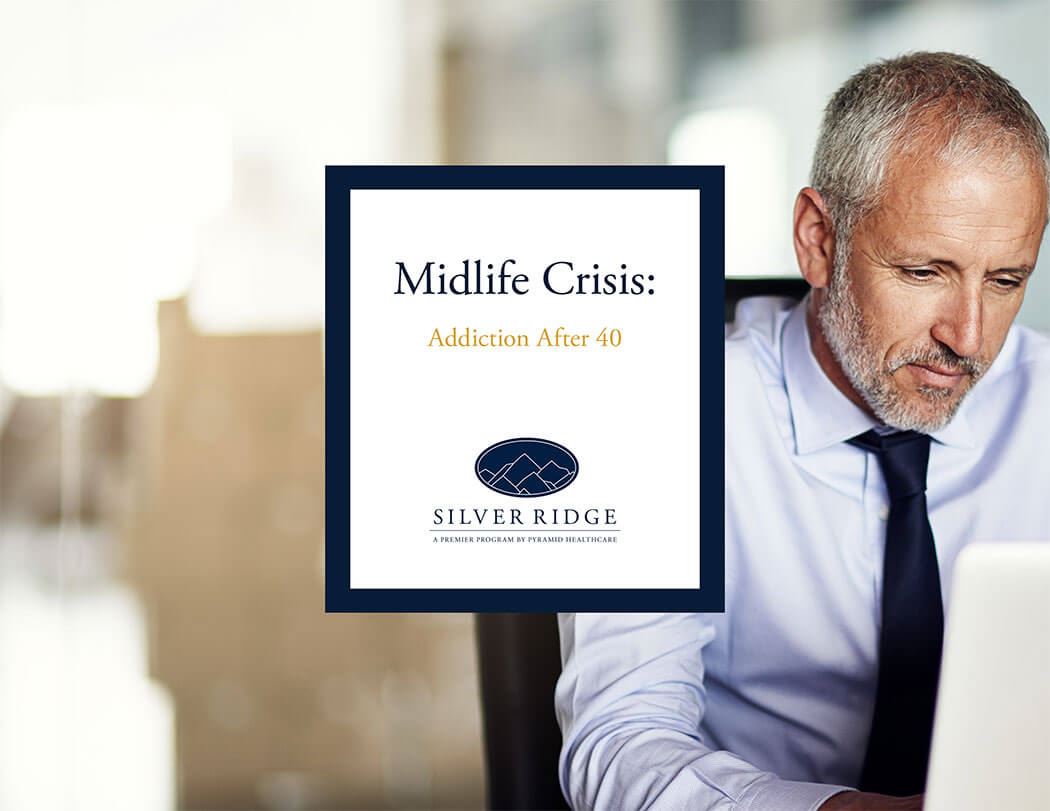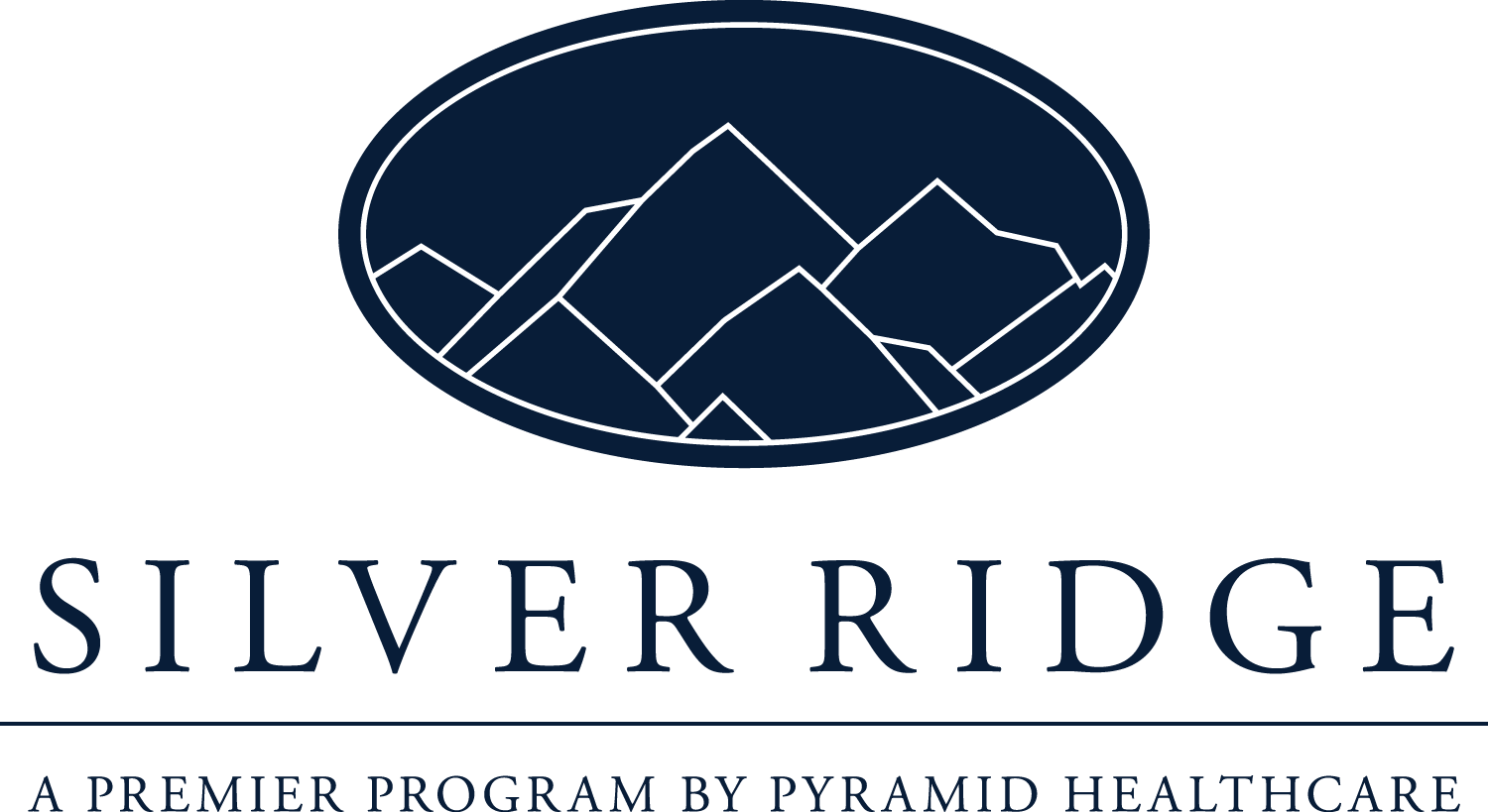Midlife Crisis: Addiction After 40

Addiction is a disease that affected an estimated 22.7 million Americans in 2013. The prevalence of substance use disorders is highest among young people, with an estimated 7.5 million people between ages 18 and 25 needing treatment in 2015. Drug abuse and addiction also affect older Americans, with 2.3 million adults over 40 in need of treatment for a substance use disorder.
Unfortunately, only a fraction of people who need treatment for addiction receives it. A 2016 study released by the Surgeon General found that while one in seven people in the U.S. is expected to develop a substance addiction, only around one in 10 will seek treatment. Without treatment, a substance use disorder typically worsens, and treatment is almost always needed to send the addiction into remission
Older adults who develop a substance use disorder face a number of unique challenges. Until recently, very little attention was given to the addiction epidemic facing aging Americans. Even as the number of older adults who develop an addiction increases, these numbers are underestimated, and addicted individuals are underidentified, underdiagnosed, and undertreated.
Understanding substance abuse disorders and how they affect older adults can help you to help yourself or an aging loved one get the help they need to enjoy a higher quality of life and reduce the risk of early mortality.
Substance Abuse, Addiction, and Dependence
What we once called substance abuse, addiction and dependence are now wrapped up into a single diagnosis called a substance use disorder, which is classified as mild, moderate, or severe depending on how many of the eleven diagnostic criteria are met. Still, the terms substance abuse, addiction, and dependence are widely used, and understanding the differences among these diagnoses is crucial for understanding how they’re treated.
Substance Abuse
Substance abuse occurs when someone uses drugs or alcohol in a way that causes problems. This could include DUI, financial difficulties, relationship problems or health issues. It could include risks taken under the influence that someone wouldn’t normally take, such as driving under the influence or walking in an unsafe area at night. While substance abuse isn’t the same thing as addiction, chronic abuse of drugs or alcohol can lead to addiction and dependence.
Addiction
Addiction is widely considered to be a disease that has biological, cultural and environmental underpinnings. Addiction can be systematically diagnosed and successfully treated, much like other chronic diseases like diabetes and heart disease. Like those diseases, addiction can be prevented with proper education and lifestyle changes.
Addiction is characterized by the inability to stop using a substance even though it’s causing problems in your life related to health, legal status, finances, and relationships. People with an addiction may find it impossible to quit using a substance for the long-term, even if they want to stop or have tried to quit.
This is because addiction changes the structures and functions of the brain, and it affects behavior. Powerful connections made in the memory, reward and motivation systems of the brain lead to intense cravings and strong psychological associations between pleasure and substance abuse, and it typically requires intensive therapy to break these connections and develop healthier ways of thinking and behaving.
Dependence
Addiction and dependence are not the same things. Although they most often occur together, it’s possible to be addicted without…
References:
- https://www.drugabuse.gov/publications/drugfacts/nationwide-trends
- https://www.samhsa.gov/data/sites/default/files/NSDUH-DetTabs-2015/NSDUH-DetTabs-2015/NSDUH-DetTabs-2015.pdf
- https://www.drugabuse.gov/publications/drugfacts/understanding-drug-use-addiction
- https://www.ncbi.nlm.nih.gov/books/NBK64422/









